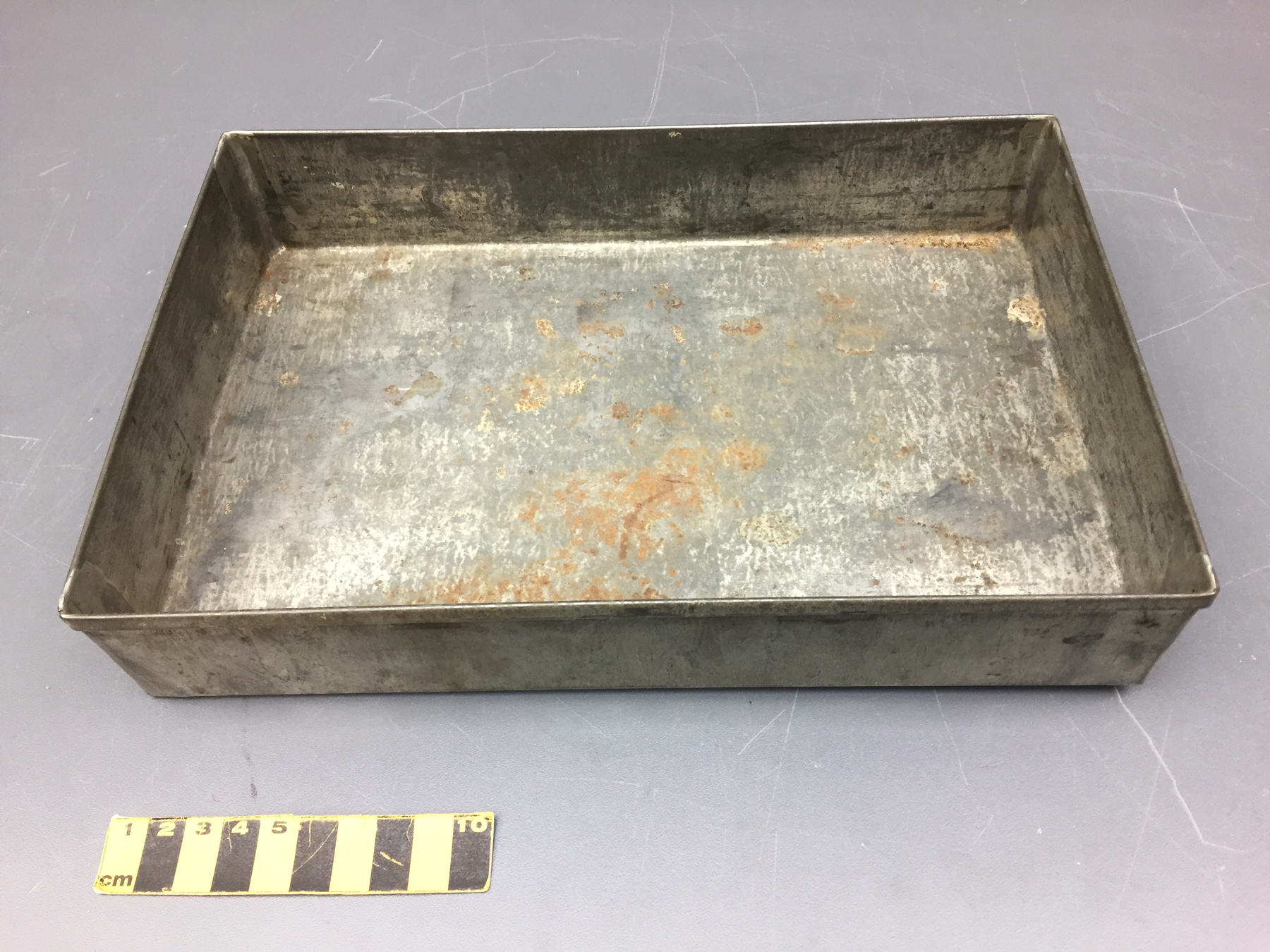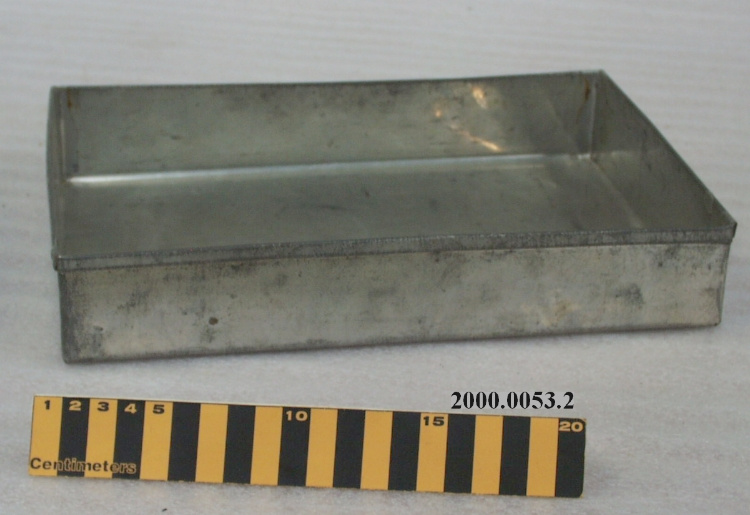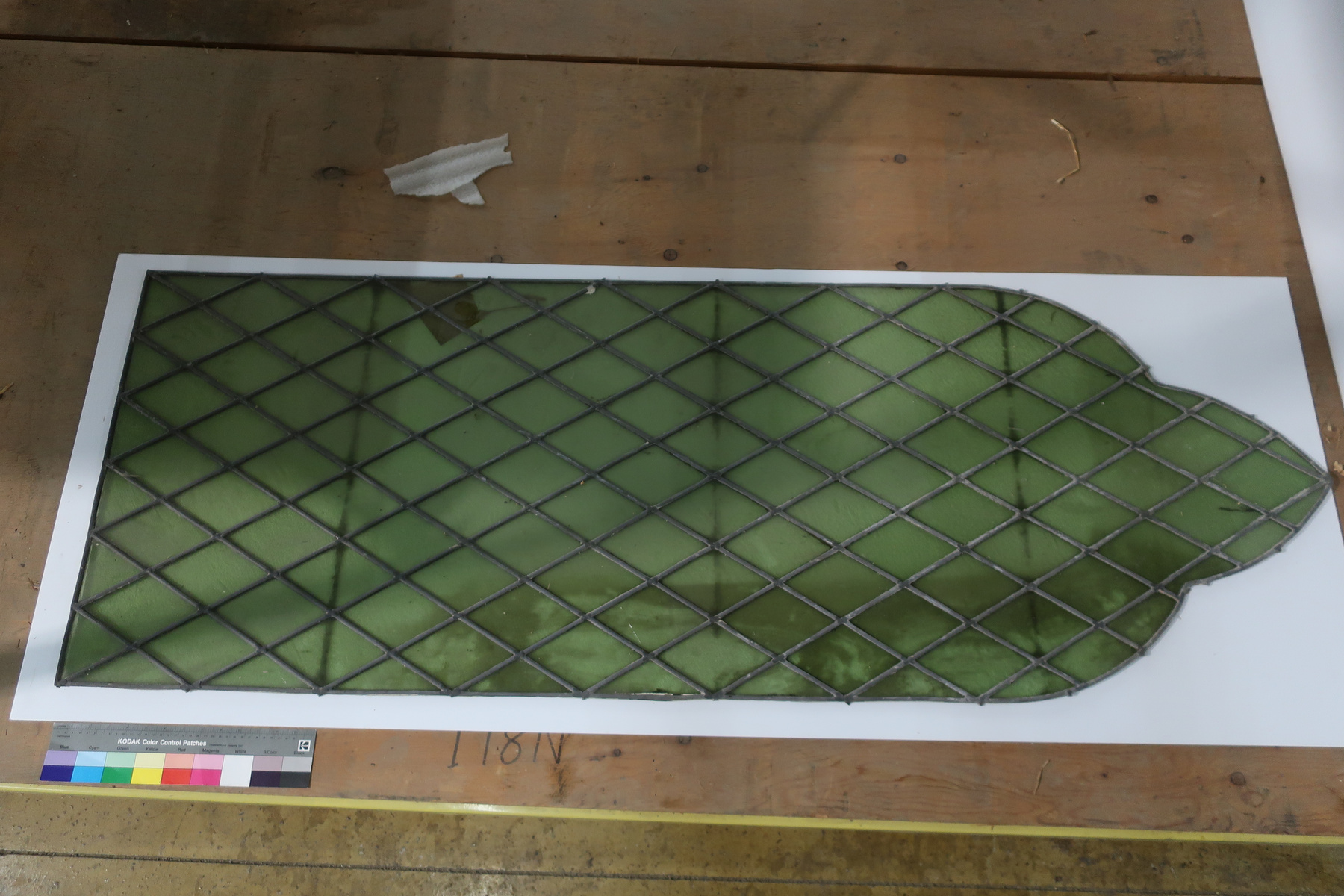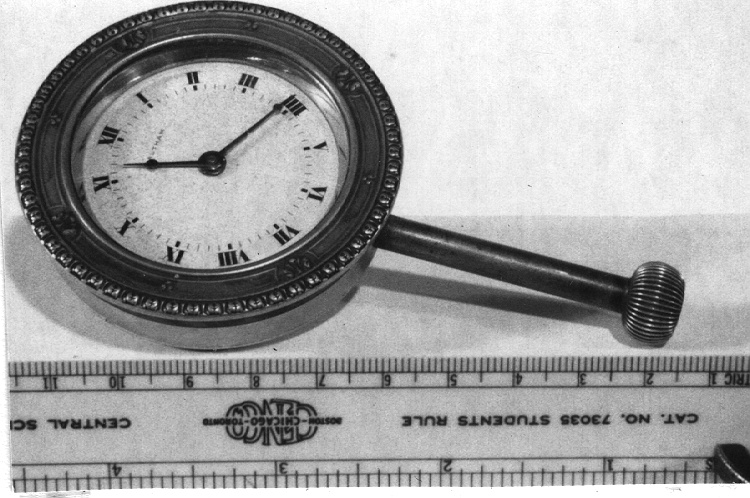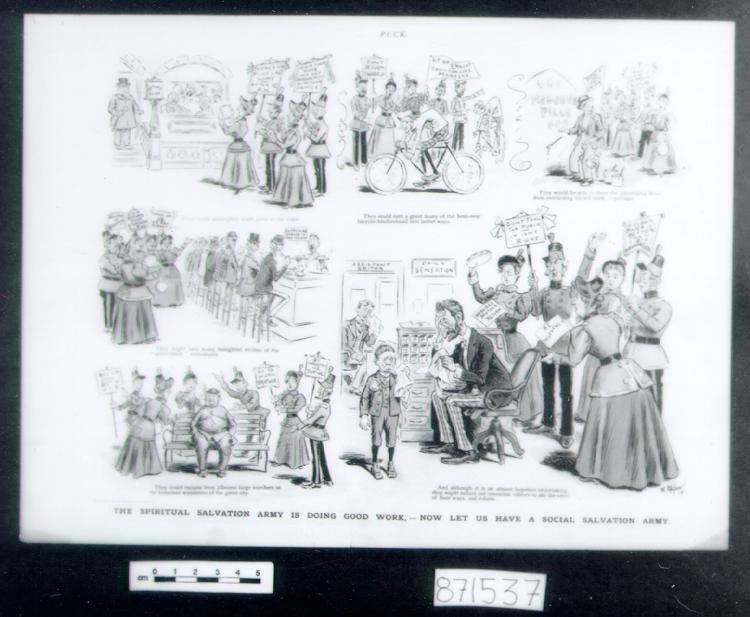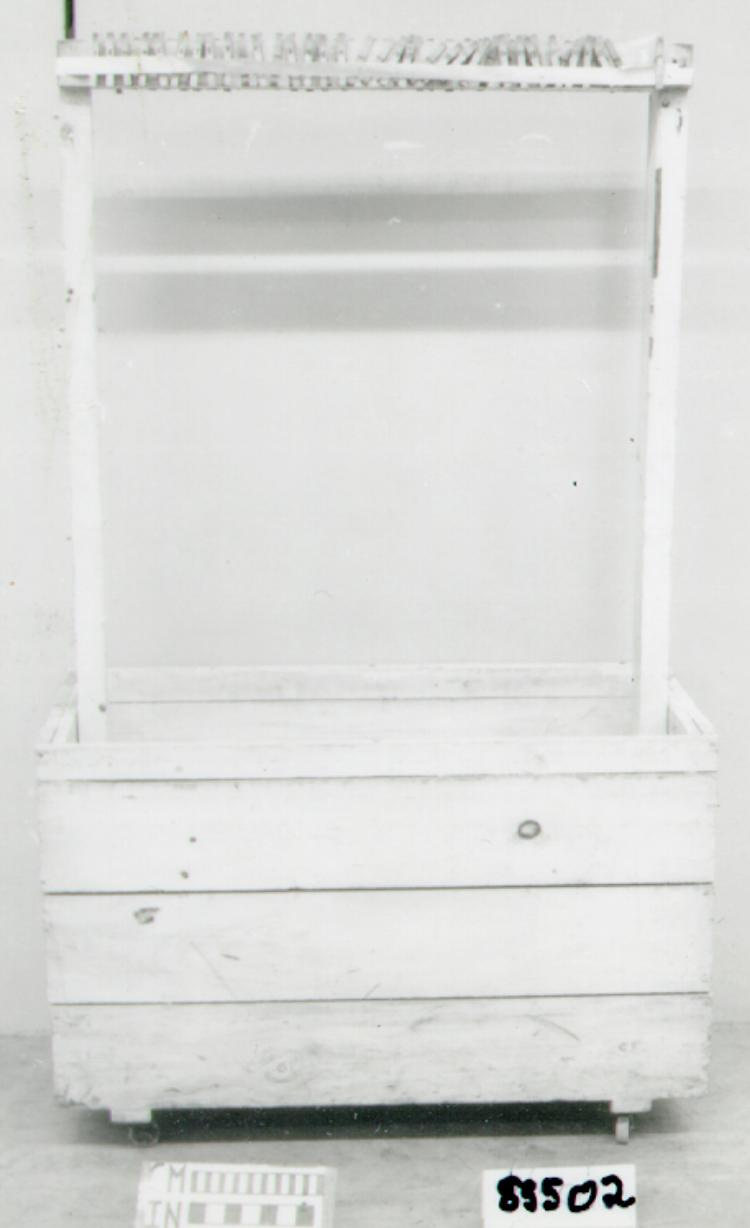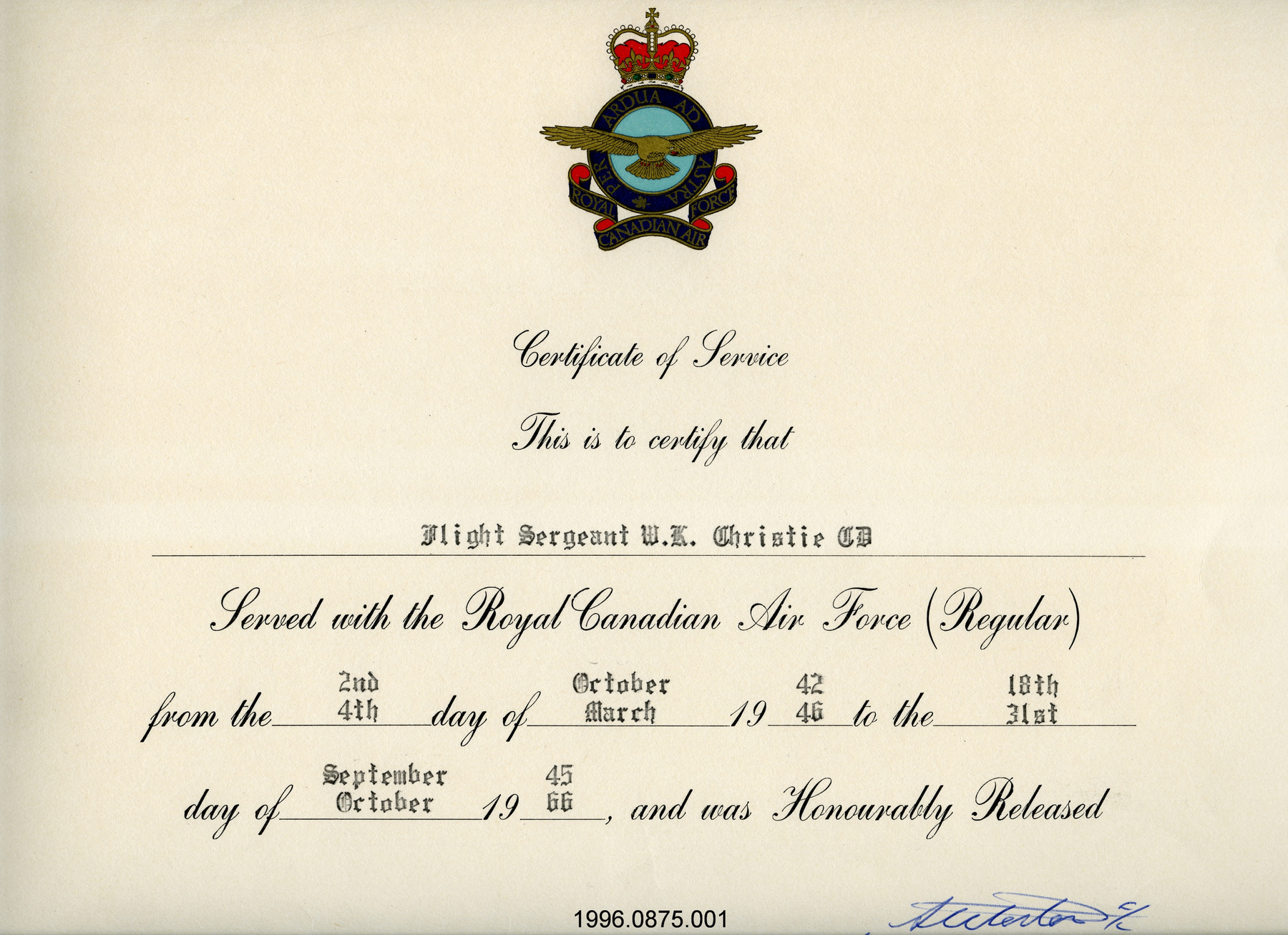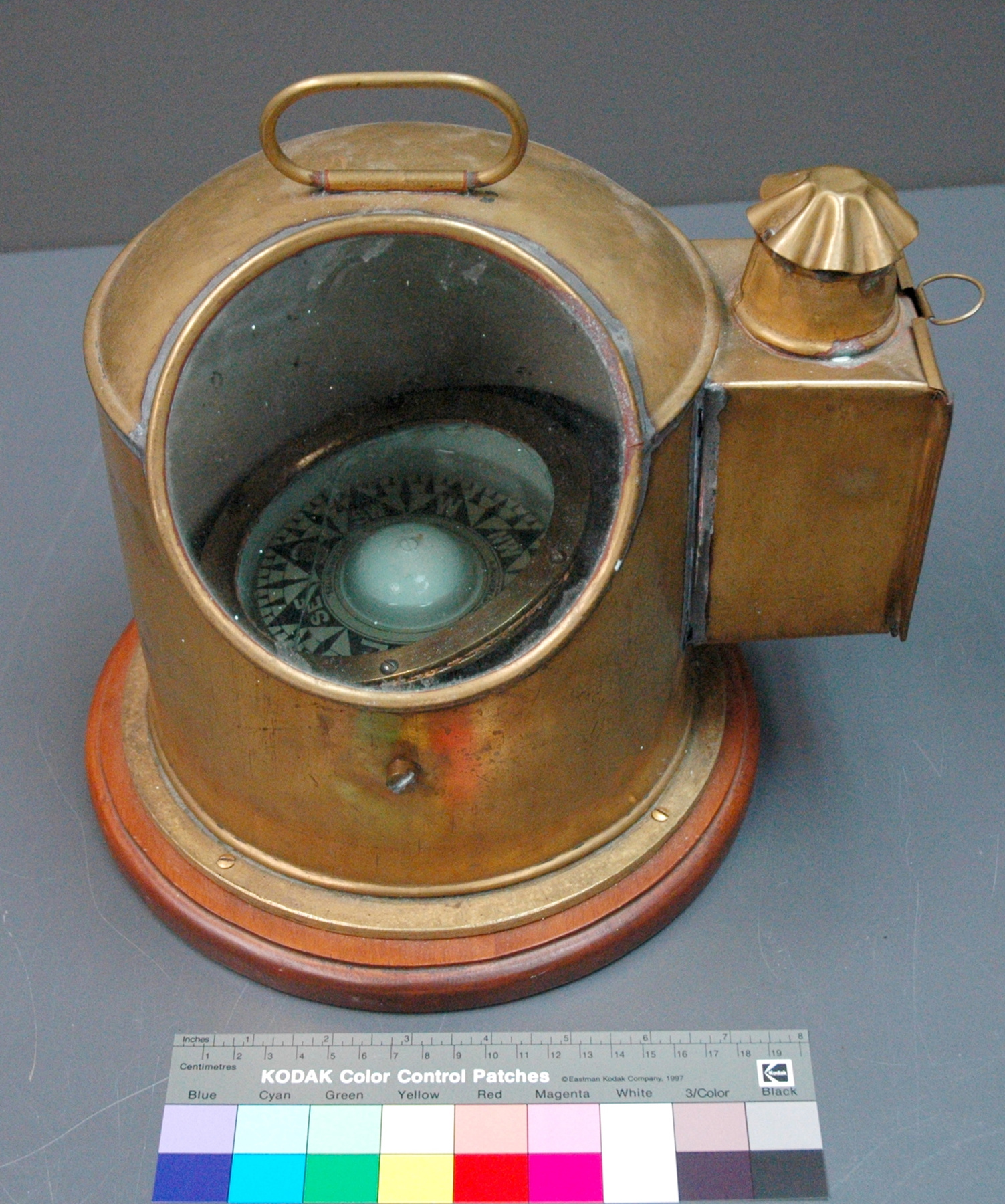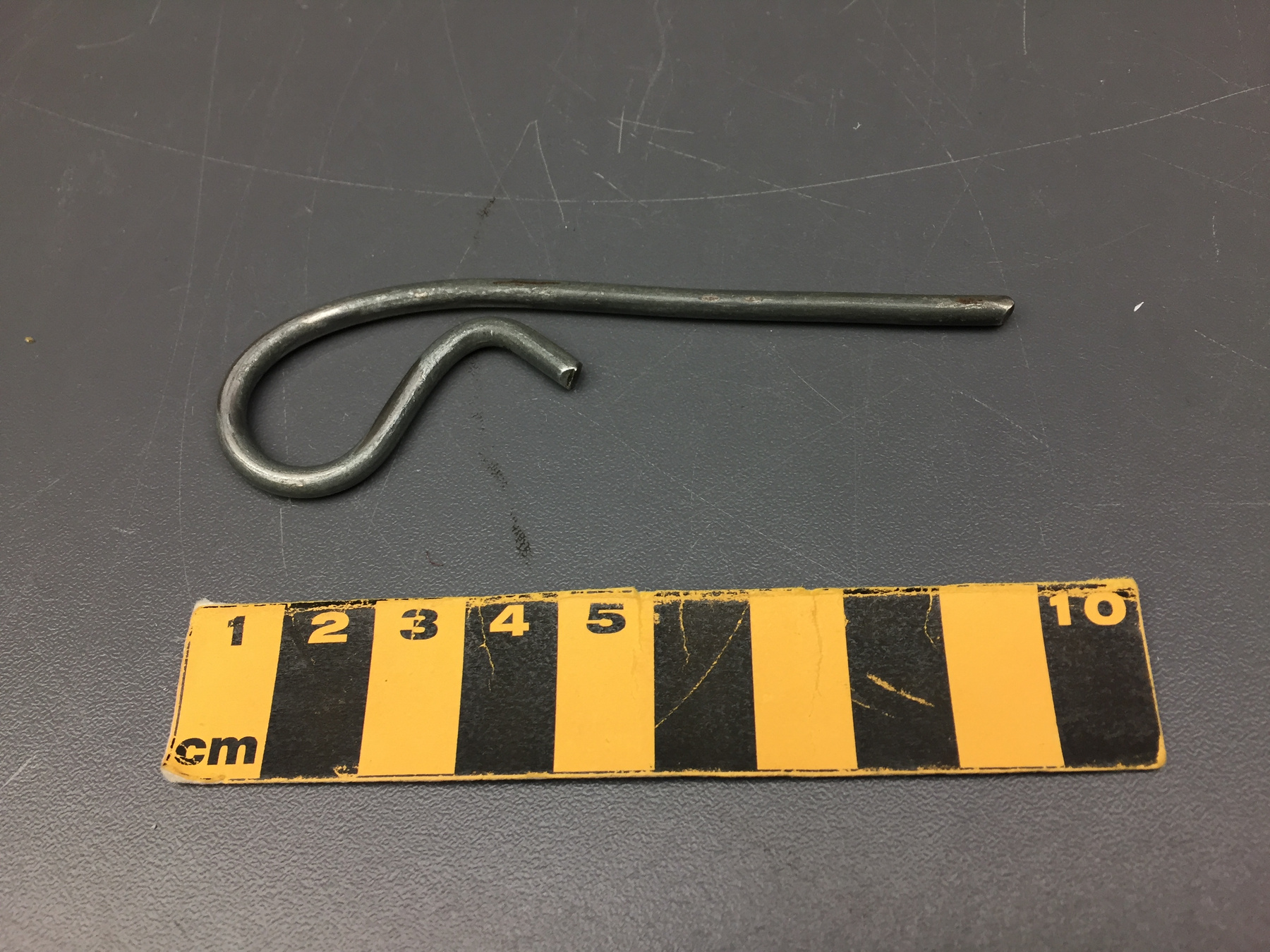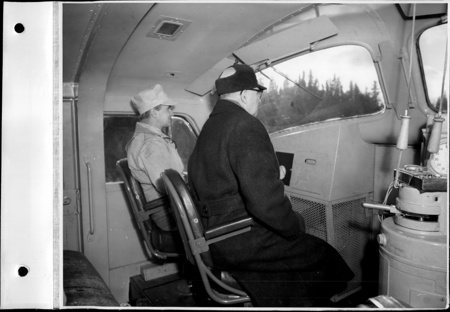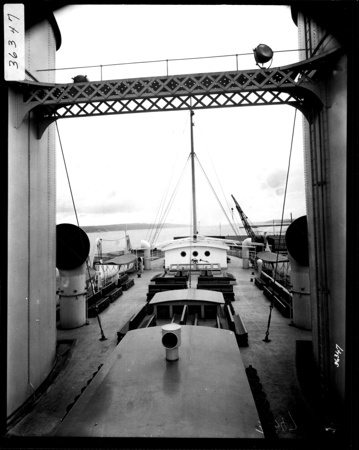Tige
Utiliser cette image
Puis-je réutiliser cette image sans autorisation? Oui
Les images sur le portail de la collection d’Ingenium ont la licence Creative Commons suivante :
Copyright Ingenium / CC BY-NC-ND (Attribution-NonCommercial 4.0 International (CC BY-NC 4.0)
ATTRIBUER CETTE IMAGE
Ingenium,
2016.0179.003
Permalien:
Ingenium diffuse cette image sous le cadre de licence Creative Commons et encourage son téléchargement et sa réutilisation à des fins non commerciales. Veuillez mentionner Ingenium et citer le numéro de l’artefact.
TÉLÉCHARGER L’IMAGEACHETER CETTE IMAGE
Cette image peut être utilisée gratuitement pour des fins non commerciales.
Pour un usage commercial, veuillez consulter nos frais de reproduction et communiquer avec nous pour acheter l’image.
- TYPE D’OBJET
- cotter
- DATE
- 1950
- NUMÉRO DE L’ARTEFACT
- 2016.0179.003
- FABRICANT
- Inconnu
- MODÈLE
- Inconnu
- EMPLACEMENT
- Unknown
Plus d’information
Renseignements généraux
- Nº de série
- S/O
- Nº de partie
- 3
- Nombre total de parties
- 3
- Ou
- S/O
- Brevets
- S/O
- Description générale
- Ferrous metal
Dimensions
Remarque : Cette information reflète la taille générale pour l’entreposage et ne représente pas nécessairement les véritables dimensions de l’objet.
- Longueur
- 3,0 cm
- Largeur
- 9,6 cm
- Hauteur
- S/O
- Épaisseur
- S/O
- Poids
- S/O
- Diamètre
- S/O
- Volume
- S/O
Lexique
- Groupe
- Technologie domestique
- Catégorie
- Service alimentaire
- Sous-catégorie
- S/O
Fabricant
- Ou
- Inconnu
- Pays
- Inconnu
- État/province
- Inconnu
- Ville
- Inconnu
Contexte
- Pays
- Canada
- État/province
- Inconnu
- Période
- Inconnu
- Canada
-
Taken from acquisition worksheet: "In the 1950s, Canadian railways employed over 181,600 people. Of these, about 13 percent or 23,600, on average, would have been road service or running trades employees. All of these workers had to bid on assignments based on their qualifications, seniority and availability. They worked shifts that often included overnight stays at stations away from their home yards. Since accommodation and services at train yards were spartan at best and railway pay was far from generous, running trades workers carried their own food. On overnight trips, they needed enough to last for the better part of two days. As an artifact, this lunch pail represents a small part of the daily life of a member of a train crew. Duncan du Fresne was a fireman who worked for CP and this lunch pail was an essential piece of his personal equipment whenever he had a layover assignment. His wife Joyce, would pack it with food like canned pork and beans or homemade beef stew topped with mashed potatoes in a glass jar. He and other engine crew would re-heat their food by wrapping it in cotton waste, puncturing the can or loosening the lid of the jar and setting it on the boiler back head. His lunch pail also often included buttered bread and a couple of eggs with bacon for breakfast. His layover passenger trips tended to be in places like Waltham or Maniwaki but he might also overnight on a freight assignment. On turnaround trips from Ottawa to Montreal or Chalk River, he carried a lighter lunch." - Fonction
-
Used to store, protect and transport a limited quantity of food and/or beverages, for use by an individual. This pail carried enough food for two days. - Technique
-
Taken from acquisition worksheet: "This lunch pail appears to be homemade; its construction is very basic and it has no manufacturers’ or other markings on it. It is very similar to one we already have in the collection (2000.0053) which also appears to be homemade. It seems as if there might have been a standard pattern for these types of lunch boxes, perhaps to accommodate particular types of containers. They are so basic in construction that they could easily have been made in a home workshop. This lunch pail belonged to Duncan de Fresne, who worked as a fireman for Canadian Pacific in the 1950s. It is typical of those used by railway workers in Canada and North America throughout the first half of the 20th century. Road service or running trades workers like conductors, engineers, firemen and trainmen/brakemen, (plus porters, stewards, kitchen staff on passenger trains) would use large lunch boxes for overnight trips. A pail like this carried enough food for two days." - Notes sur la région
-
Inconnu
Détails
- Marques
- None apparent.
- Manque
- None apparent
- Fini
- Ferrous metal bent in the shape of a cotter pin..
- Décoration
- S/O
FAIRE RÉFÉRENCE À CET OBJET
Si vous souhaitez publier de l’information sur cet objet de collection, veuillez indiquer ce qui suit :
Fabricant inconnu, Tige, vers 1950, Numéro de l'artefact 2016.0179, Ingenium - Musées des sciences et de l'innovation du Canada, http://collection.ingeniumcanada.org/fr/id/2016.0179.003/
RÉTROACTION
Envoyer une question ou un commentaire sur cet artefact.
Plus comme ceci
